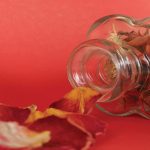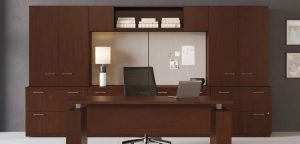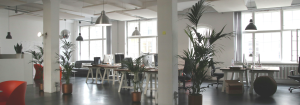
Whiteboards – also referred to as Dry Erase Boards, Markerboards, Glassboards, etc. – have become one of the easiest ways to teach, brainstorm, schedule and assign tasks, track calendars, visualize thoughts, and so much more. Think of when you were in school – did you have a chalkboard? That’s now been replaced by a whiteboard. What about when you’re in a meeting trying to troubleshoot a problem? Throw ideas up on the whiteboard. Are you looking to assign certain tasks to certain employees? Putting these assignments on a whiteboard is an easy way to communicate. Keep track of schedules with a whiteboard calendar.
What to Consider When Buying
When you’re looking for a whiteboard, there are several things to consider:
1. Use- What are you using it for? Does it need to be mobile?
2. Size- How big does it need to be?
3. Material- We’ll go into this further, but what material do you prefer?
4. Durability- How well does it need to hold up?
5. Magnetism- Do you want it to be magnetic or not?
6. Features- Does it have a tray? A light? Is it a smart board?
7. Upkeep- What is the maintenance like for this board?
Materials
When choosing a whiteboard, material matters. There are several distinct types, each with their advantages. We’ll cover these four materials: melamine, porcelain, painted steel, and glass. The surface will determine the stain resistance, durability, and price of a whiteboard, among others.
Melamine
This is most commonly found in whiteboards used for personal, infrequent use. You’ll find them on door room doors, study rooms, laundry rooms, etc. While they aren’t the most durable option available, with proper cleaning and upkeep, melamine whiteboards can last quite a while. The best performing ones have a second coating to improve the eraseability and prevent staining.
Porcelain
Porcelain whiteboards are non-porous, meaning the ink doesn’t penetrate the surface of the board, allowing for easy cleaning. They do not scratch, dent, or stain, extending the life and use of the whiteboard. They are best suited to conference rooms, schools, shared spaces, etc. — anywhere it is being used frequently. Be sure to choose a sturdy wall on which to hang these boards, as they are quite heavy.
Painted Steel
While melamine whiteboards are commonly found in personal use, painted steel whiteboards are the most typically used dry erase style across the board. They are made with a steel backing which is then painted with a white base and a clear performance coat, which allows for the dry eraseability. Because they are steel, these boards are naturally magnetic. While they don’t last as long as others, consistent cleaning will extend the life of your board.
Glass
Glass whiteboards offer a modern look and feel. They are made with tempered glass and do not scratch or dent. One of the best features of these is that they do not stain or leave “ghost letters”. Glass boards can be made magnetic if you prefer but are also available in non-magnetic. They are a high-quality investment and offer extreme durability and longevity.
Mobility
In the modern workplace functionality is imperative, but mobility and form are quickly becoming important as well. We must be adaptable in our environments. What do you do when you want to turn a tabletop or desk into a whiteboard? With Flex Write technology, you can simply unroll the material, peel & stick it to a surface, and write freely.
Looking to WOW your whiteboard?





